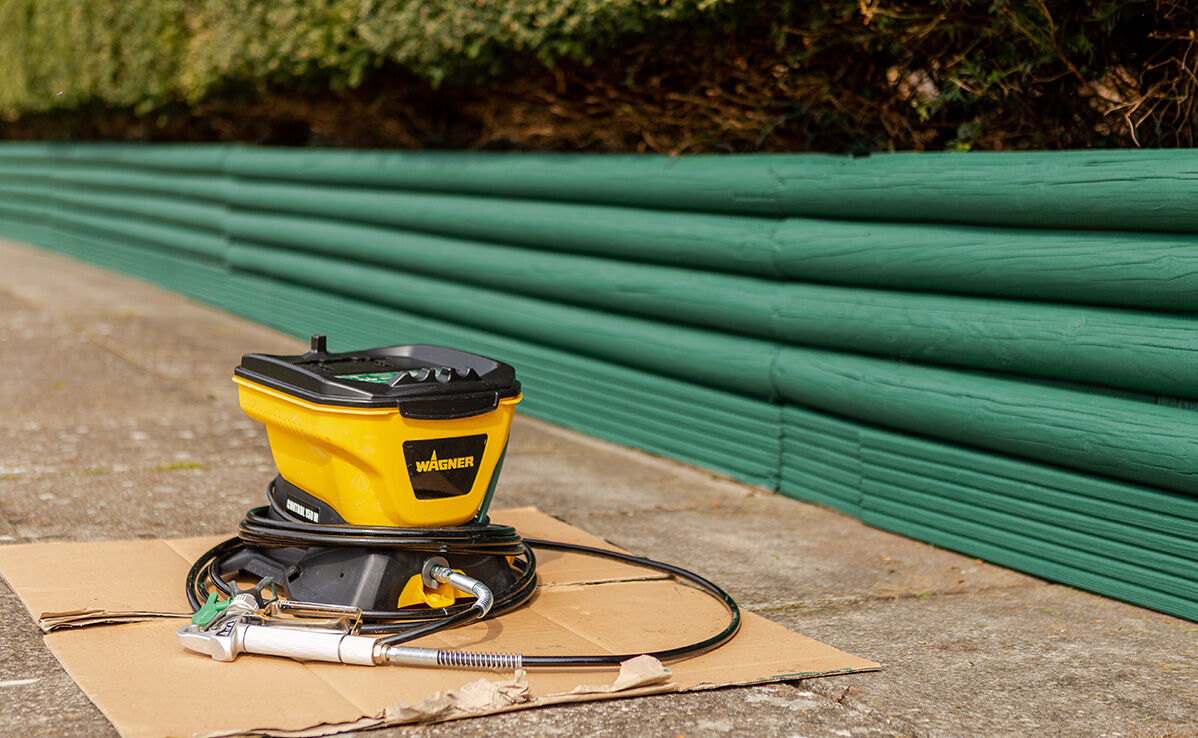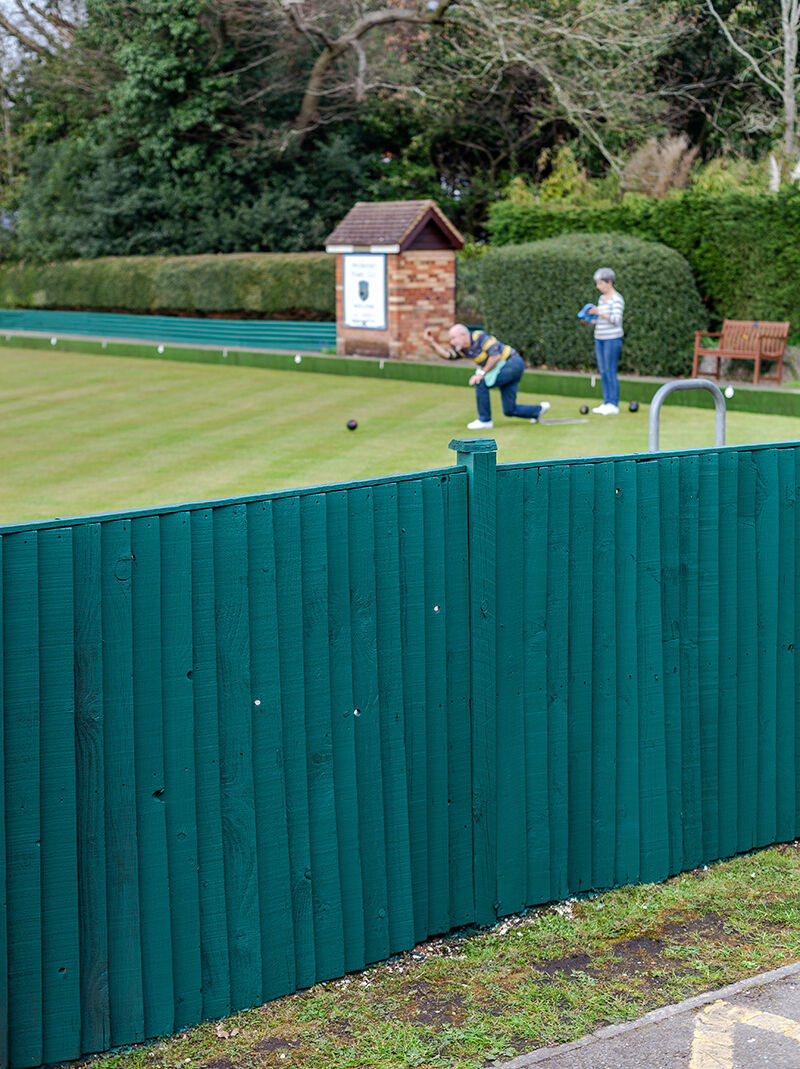Paint or spray the fence? This is the question many do-it-yourselfers ask themselves. Our answer is clear: If the wooden fence needs to be painted, spraying has a clear advantage. The application is not only faster, but the surface is also more thoroughly coated. Because when spraying, the paint gets into the deep cracks and grooves of the wooden fence. Also, the application is much more even, because you do not have paint brush marks on the surface of the fence. This means that there is also less exposed surface to be attacked by the weather and the coating protects your fence for considerably longer.
Kontakt
Language:
United Kingdom •
English
- Do-it-yourself Do-it-yourself
- Contractor Contractor
- Industry Industry
- Company
-
Contact
Language: United Kingdom • English







